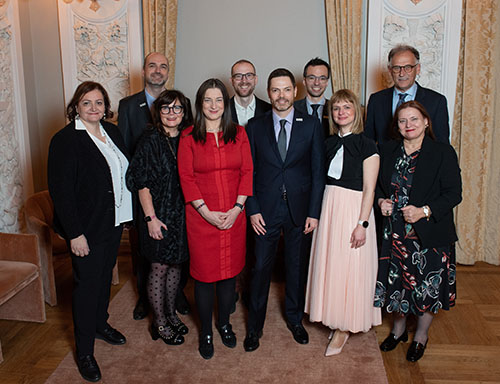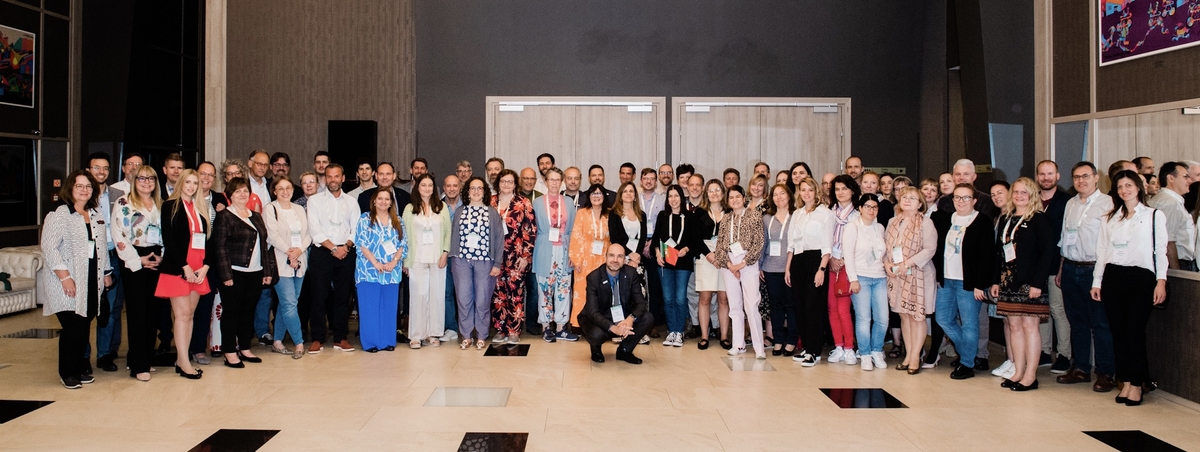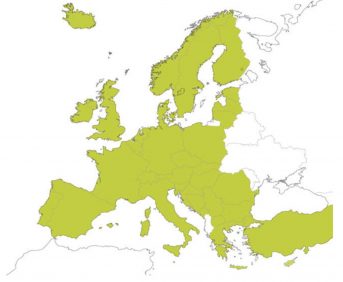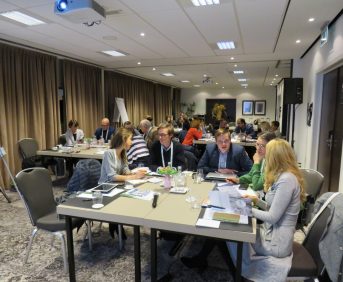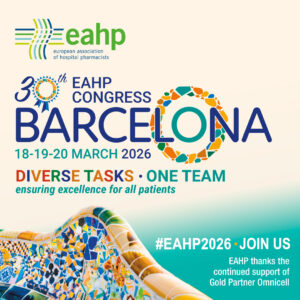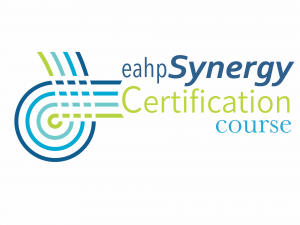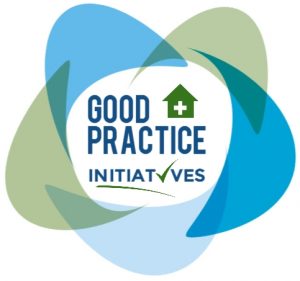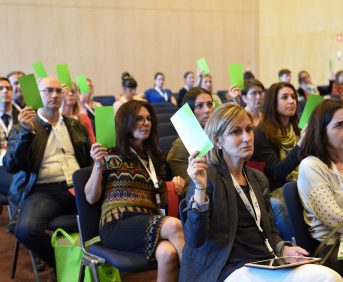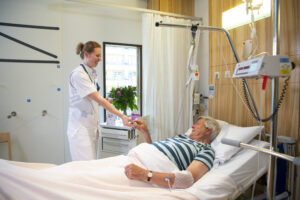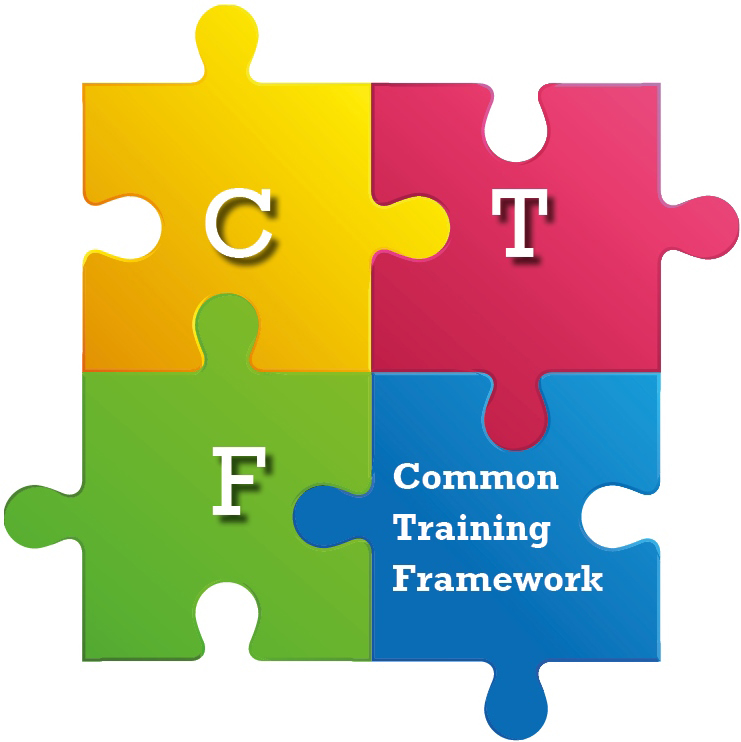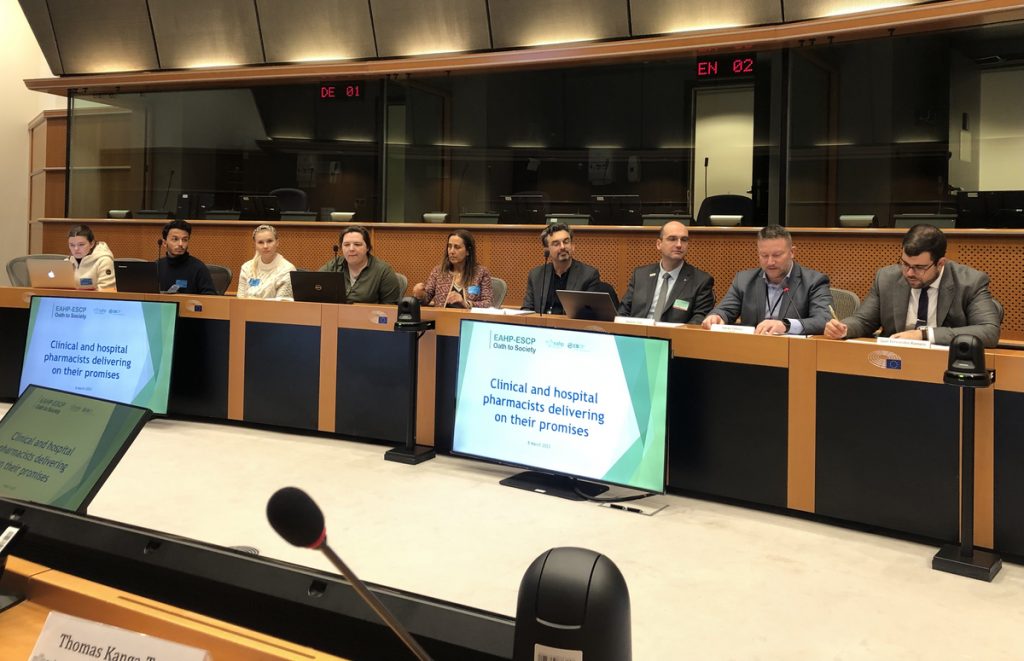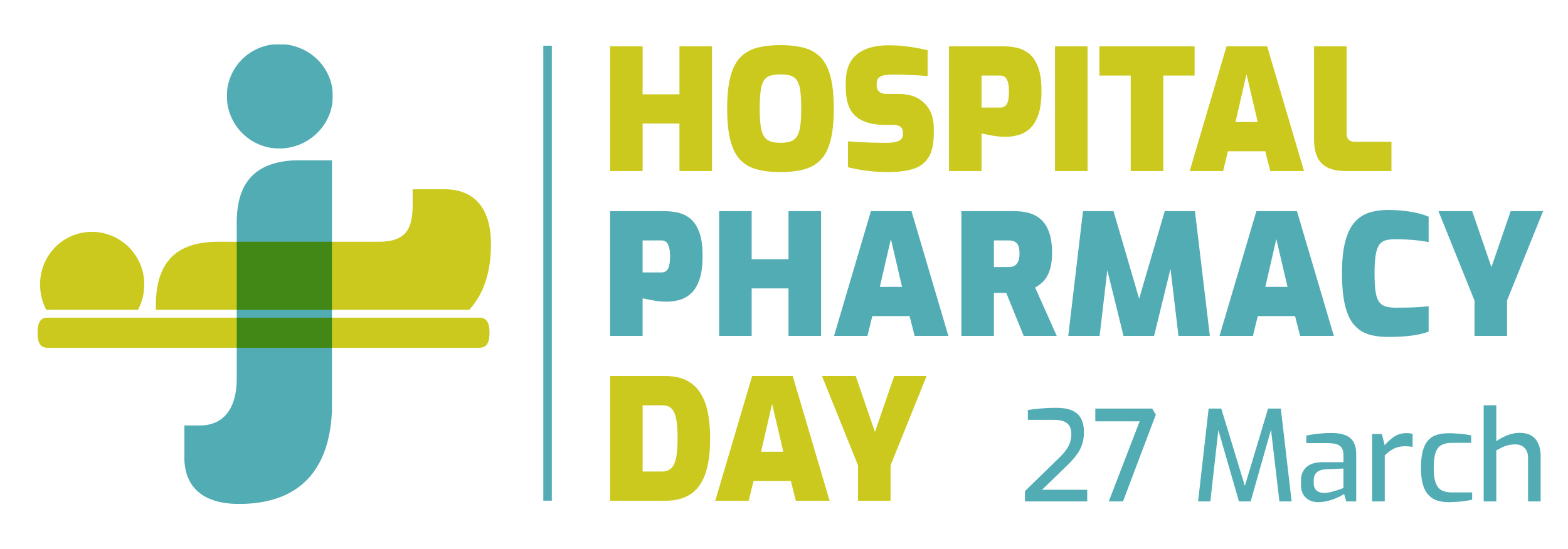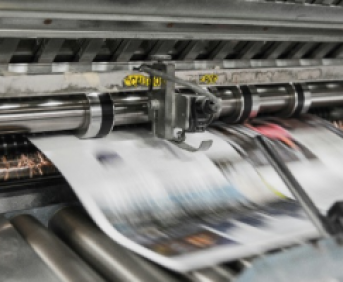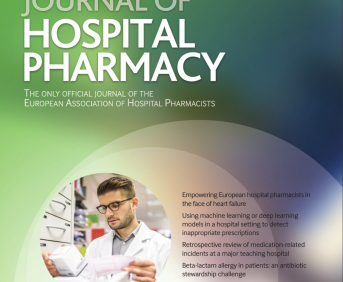COMPUTERIZED QUALITY CONTROL OF THE TABLET SPLITTING PROCESS
Pdf

European Statement
Production and Compounding
Author(s)
María Lourdes Recio Blázquez, Alberto Pérez Morales
Why was it done?
It was necessary to establish a quality control of this pharmaceutical process.
What was done?
A computer method of gravimetric quality control of the tablet splitting process was designed.
How was it done?
The procedure consists on a precision scale connected to a computer in which, according to the uniformity of mass assay of the European Pharmacopoeia, the weights of 20% of a batch of whole tablets destined to be split are automatically recorded in a spreadsheet, carrying out the following formulas:
=AVERAGE: provides the average weight of the sample of whole tablets.
=MAX and =MIN: selects respectively the largest and the smallest of the weights.
=STDEV: calculates the standard deviation of the sample weights.
With the average weight of the whole tablets, the theoretical weight of the half-tablets is calculated, establishing a maximum and a minimum admissible limit with the following formulas:
=AVERAGE(whole tablets)/2: determines the theoretical average weight of each half-tablet.
=AVERAGE(whole tablets)/2 ± 7.5%: establishes upper and lower gravimetric limits that cannot be exceeded by any half-tablet.
All the half-tablets need to be weighted, as the tablet-splitting process is carried out tablet-by-tablet and this modus operandi is not reproducible enough. In case of non-compliance with maximum and minimum weight criteria, the half-tablet must be discarded.
Conditional functions were established such that the spreadsheet itself reflects the half-tablet acceptance/rejection decision.
Basic technical computer skills, training in the technique of tablet splitting, appropriate clothing and environmental measures to avoid risks to the operator and the medications are required.
What has been achieved?
Since 2015, two different medicinal products were subjected to the tablet splitting technique. A total of 10,536 halves of suitable tablets were obtained, which permitted safe dosing at lower doses than commercialized, and also generated a financial asset of 101,724 Euros. 566 halves were discarded. The splitting efficiency was of 94.9%.
What next?
This quality control procedure is applicable to all divisible solid oral dosage forms. The standardization of the technique and the quality controls will allow to extend it to other medicinal products with dosing and economic purposes.
IMPROVING STAFF TRAINING IN A CYTOTOXICS PREPARATION UNIT
Pdf

European Statement
Production and Compounding
Author(s)
S. Sernache, H. Goncalves, A. Gouveia
Why was it done?
Improved processes were required due to new CPU facilities, PIC & acute requirements and workplace safety legislation. The training program started in 2013. Our aim was to change from an informal training to a program where minimal qualification standards were achieved despite heavy workload and budget constraints.
What was done?
Implementation of a training program for the Cytotoxics Preparation Unit (CPU) focusing on product and staff safety. Key steps were hand washing with fluorescent gel, media fill and simulated preparations with fluorescent dye. Wipe sampling of cytotoxic contamination and microbiological control were performed.
How was it done?
Absence of national experience required literature review and support from other hospital in Europe. Lack of commercial products and budget constraints led to adoption of more affordable solutions like in-place compounding of fluorescein vials, and use of standard sodium chloride IV bags for media fill. Other resources were procured externally and adapted.
We enhanced motivation with involvement of staff in the goals and open discussion of results.
What has been achieved?
All relevant staff went through the training and reached the qualification thresholds. All technicians successfully performed media fill test (no microbial growth), and fluorescein test (no dye spots counted). Hand wash results had median of 5 spots of inadequate washing. Results were discussed with staff and new session implemented afterwards. Only 9% of staff (n=33) did not improve, median of results was 1 spot . Regular microbiological monitoring results meet GMP criteria for the laminar flow cabinets, and cytotoxic contamination (8 drugs tested in 5 locations) is in line with reference values except for 5-FU storage shelf.
What next?
Training program is to be repeated yearly, as well as the monitoring processes. Despite budgetary and staff constraints, a sustainable training program can be implemented with adaptation of published sources, resulting in adhesion to good practice.
